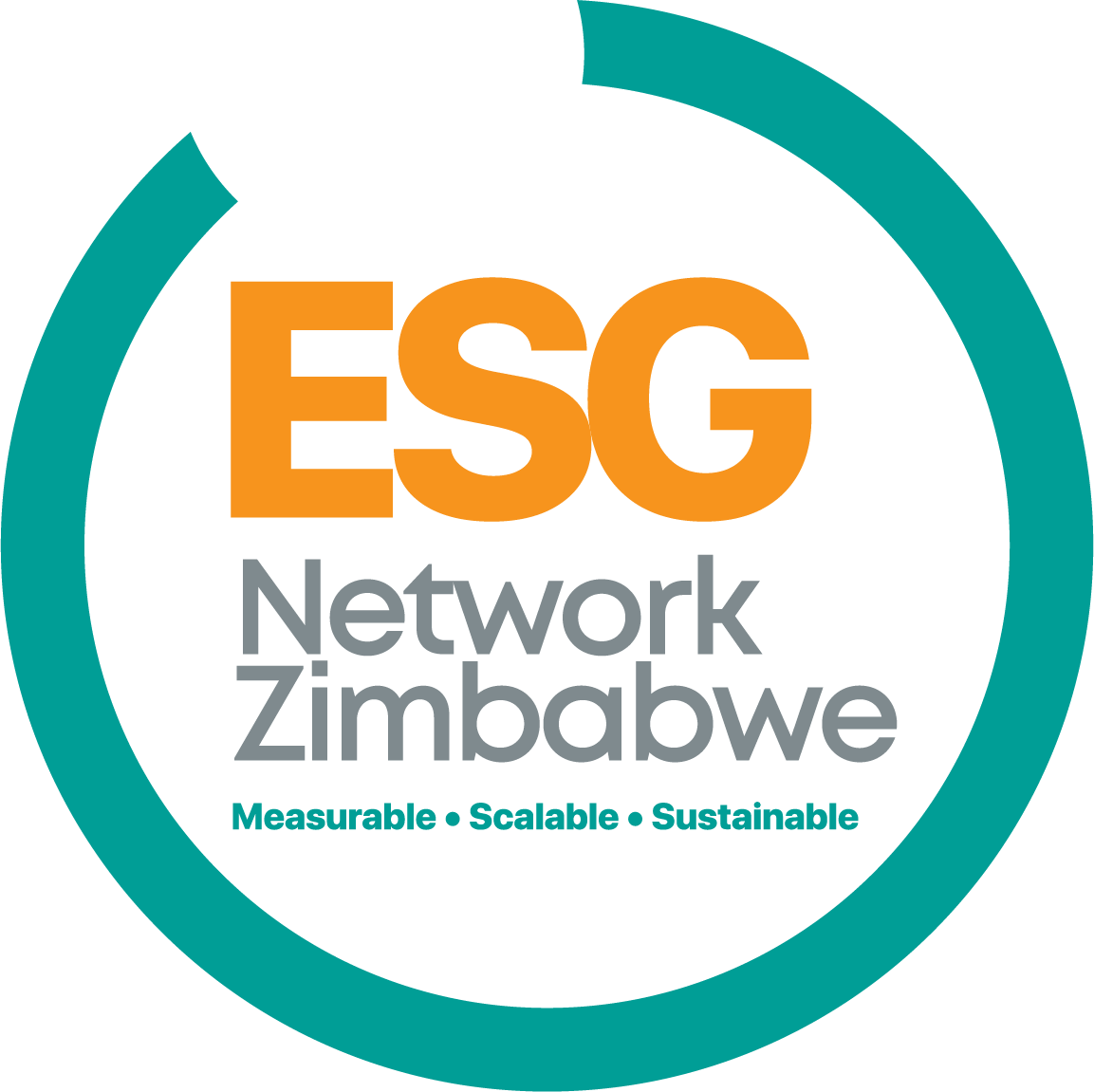Double materiality refers to the practice of considering both the financial and social/environmental materiality of ESG issues, providing a comprehensive view of a company’s performance.
Key Characteristics
- Financial and Social/Environmental Materiality: Double materiality considers both the financial impact of ESG issues on a company’s financial performance and their social and environmental impact.
- Stakeholder Engagement: Double materiality involves extensive stakeholder engagement, including investors, customers, employees, and communities.
- Integrated Reporting: Double materiality often uses integrated reporting frameworks, such as the International Integrated Reporting Council (IIRC) framework.
Benefits of Double Materiality
- Comprehensive Understanding: Double materiality provides a comprehensive understanding of a company’s ESG performance and its impact on stakeholders.
- Better Decision-Making: Double materiality enables companies to make more informed decisions, considering both financial and social/environmental materiality.
- Enhanced Transparency: Double materiality provides stakeholders with more detailed information, enhancing transparency and accountability.
Challenges of Double Materiality
- Complexity: Double materiality can be more complex and time-consuming, as it requires the collection and analysis of both financial and non-financial data.
- Stakeholder Engagement: Double materiality requires extensive stakeholder engagement, which can be challenging and resource-intensive.
- Data Quality: Double materiality requires high-quality data, which can be difficult to obtain and verify.
Best Practices for Double Materiality
- Use established reporting frameworks, such as the IIRC framework, to guide double materiality reporting.
- Engage with stakeholders to understand their information needs and expectations.
- Provide clear and concise disclosure on a company’s ESG performance and its impact on stakeholders.
Examples of Double Materiality
- Climate Change: A company may consider both the financial impact of climate change on its operations and financial performance, as well as its social and environmental impacts.
- Labor Practices: A company may consider both the financial impact of labor practices on its operations and financial performance, as well as its social and environmental impacts.
Double materiality provides a comprehensive view of a company’s ESG performance and its impact on stakeholders. By considering both financial and social/environmental materiality, companies can make more informed decisions and provide stakeholders with more detailed information.
Double Materiality vs Single Materiality
Key Differences
| Single materiality | Double materiality | |
| Scope | Narrower scope, focusing only on financial materiality | Broader scope, considering both financial and stakeholder materiality |
| Stakeholder Engagement | Involves limited stakeholder engagement, with a focus on investors and financial analysts. | Requires more extensive stakeholder engagement, as it considers the interests and expectations of a wider range of stakeholders. |
| Reporting | Less complex and less time-consuming, as it focuses only on financial materiality. | Requires more comprehensive disclosure, including both financial and non-financial information. |
Choosing Between Double and Single Materiality
- Company Size and Complexity: Larger and more complex companies may benefit from double materiality, while smaller companies may find single materiality more suitable.
- Stakeholder Expectations: Companies should consider the expectations of their stakeholders, including investors, customers, and employees.
- Regulatory Requirements: Companies should consider regulatory requirements and industry standards when choosing between double and single materiality.
Conclusion
Double materiality and single materiality are two different approaches to considering ESG issues. While double materiality considers both financial and social/environmental materiality, single materiality focuses only on financial materiality. Companies should choose the approach that best suits their needs and stakeholder expectations.
Stay Connected:
Thank you for joining us on this sustainability journey. Stay connected with us for more insights, best practices, and regulatory updates.
Please contact us at on admin@esgnetworkzimbabwe.co.zw, or simply call us on 0774768895/ +263882900740.
Follow us on social media to stay updated on the latest ESG news, events, and resources





